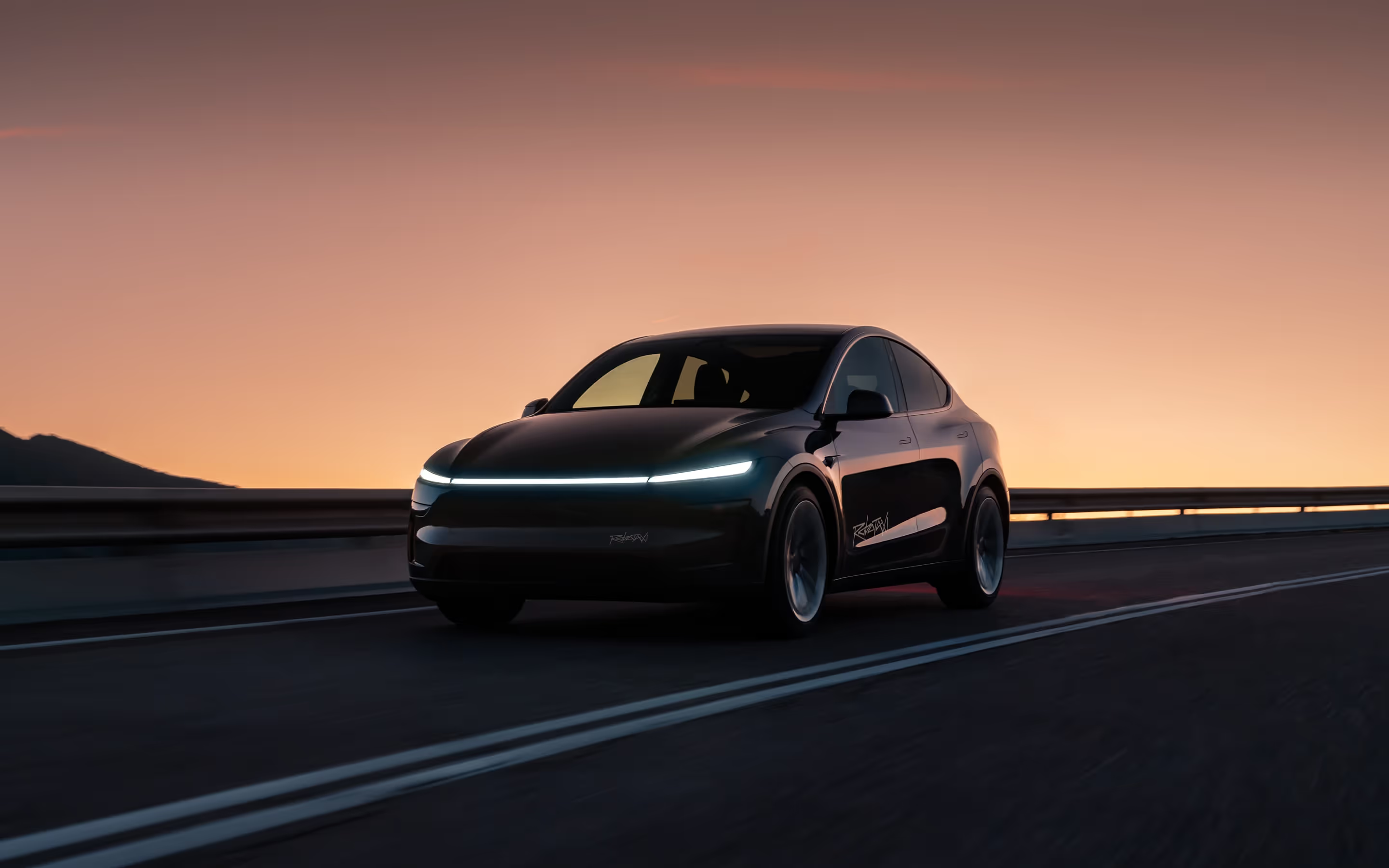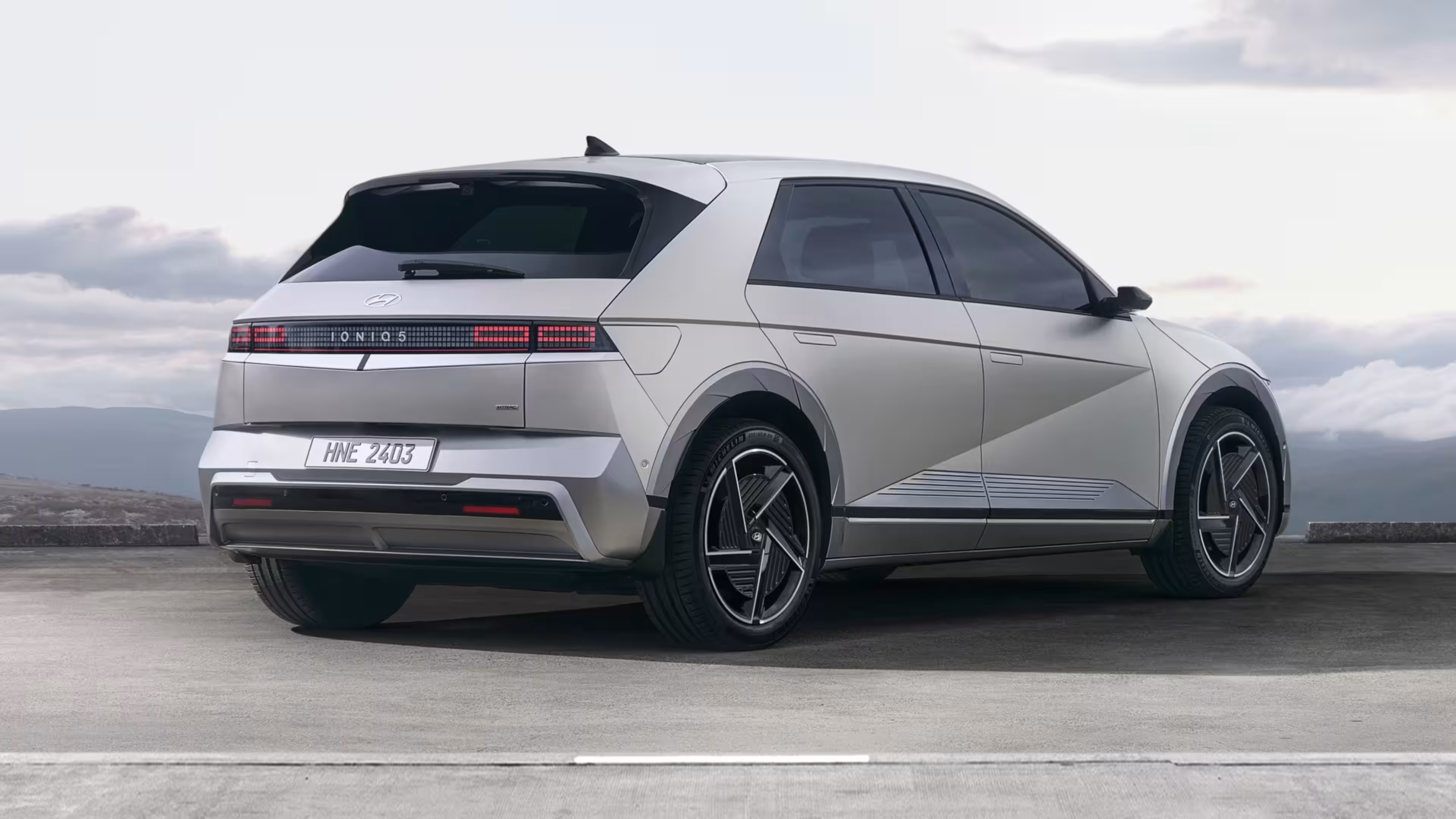When the first car subscription services hit the market with offerings such as Book by Cadillac, Porsche Passport, Care by Volvo, and Access by BMW, they were a grand vision of an ultra-luxury lifestyle.
These services gave affluent consumers the freedom to switch between high-end vehicles at a whim, from a practical SUV for weekday commutes to a sporty convertible for leisurely weekend drives—often delivered direct to their door. However, this concierge-style model came with a hefty price tag, significantly higher than traditional leasing and rental options, and it struggled to find a product-market fit. The early iterations faced an uphill climb, and many of these offerings were scaled back or altogether paused by their respective parent companies.
But as with many innovative ideas, initial challenges gave way to adaptation and evolution. The car subscription model, once a premium service for the wealthy, went through a major transformation. Today, it stands as a mainstream offering, catering to a broader demographic whose financial priorities are significantly influenced by the value they place on flexibility and convenience.

The twist in this narrative is that despite its mainstream adoption, luxury models continue to be a hot ticket item in these subscription services.
The advent of leasing and car subscription services brought about a paradigm shift in the economics of luxury car ownership. Leasing seemed to be the answer for a while. It allowed customers to experience a new luxury car every few years at a typically lower cost than outright ownership. However, the model had its shortcomings, such as the responsibility for insurance, maintenance, and at times, sizable down payments. Moreover, it lacked the flexibility demanded by the modern, tech-savvy consumer.
With these challenges in mind, the car subscription model re-emerged, promising to disrupt the status quo. Notably, early market entrants have returned with a more mainstream approach.

This luxury trend is global, with SIXT+ in New Zealand offering an extensive range of vehicles to choose from: from EV options like the Audi e-tron GT, Mercedes Benz EQA or the Polestar 2, and even luxury marques from McLaren to Porsche to Aston Martin.
"Our advantage is that we offer both the traditional favourites - Corolla, Yaris, X-Trail - coupled with New Zealand's largest premium and luxury fleet," Giltrap Group's CEO of Retail and New Mobility Dane Fisher said.

The car subscription model offers an unmatched level of convenience and flexibility. Consumers can switch between vehicles to suit their changing needs, and costs such as insurance and maintenance are bundled into one monthly fee. This model is rapidly gaining popularity among financially savvy and technologically forward-thinking consumers who crave the convenience and flexibility to complement their fast-paced modern lifestyles.
Importantly, the car subscription model captures a significant consumer behavioral shift—from a culture rooted in ownership to one that prioritizes access and experiences. This shift resonates particularly well with the younger, experience-driven demographic, who appreciate having a vehicle at their disposal without the burdens of depreciation, resale value, or maintenance costs.
While car subscription models have broadened their demographic appeal, luxury vehicles continue to hold a coveted spot in the lineup. The reasons are clear. The subscription model allows customers to enjoy the luxury and performance of top-tier vehicles without the constraints of ownership or leasing. In essence, it's like having a luxury car wardrobe, with the freedom to change vehicles as easily as one would change outfits. This approach provides consumers, especially the well-heeled ones, with the financial flexibility to allocate resources to other interests, creating a win-win scenario.
The evolution of the car subscription model from a niche concierge service for the ultra-wealthy to a mainstream offering bridging the gap between leasing and ownership signifies a seismic shift in the automotive industry. The enduring popularity of luxury vehicles within subscription services attests to the financial astuteness of the model and the evolving consumer mindset.
Looking ahead, it's evident that car subscriptions are driving this evolution. Despite the mainstream adoption, luxury models continue to retain their popularity. As we watch the industry innovate and adapt to cater to a new generation of consumers while preserving the allure of luxury vehicles, it promises to be an exhilarating ride. One thing is clear: the car subscription model found its product-market fit by shifting gears to a more mainstream approach.








